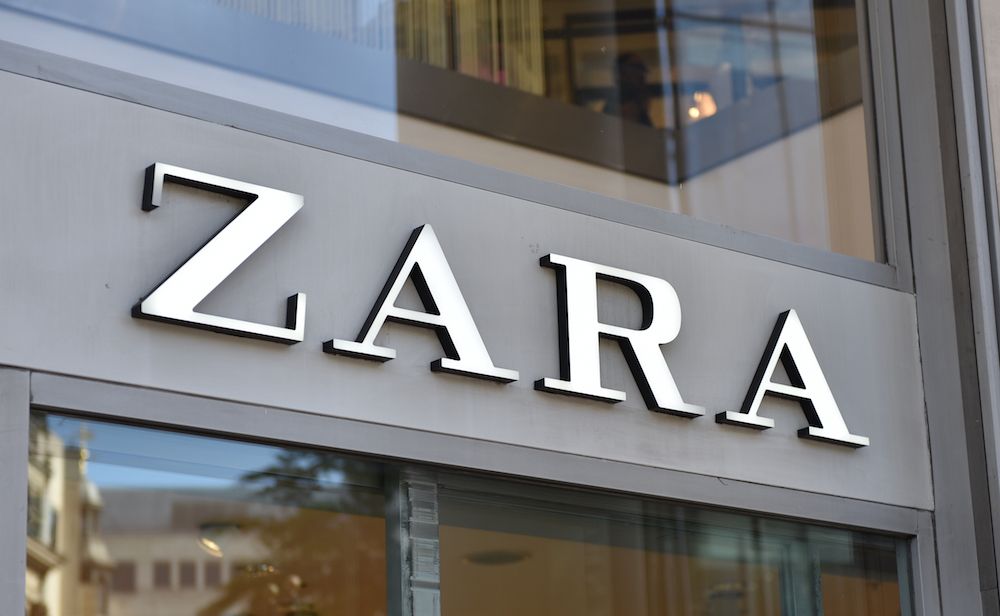
Creating the ZARA Brand: An Emblem of Fashion Evolution
In the ever-evolving world of fashion, few brands have managed to create as significant a footprint as ZARA. From its modest inception to its unparalleled global presence today, ZARA’s journey exemplifies how vision, innovation, and adherence to core values can revolutionize an industry.
ZARA, like all well-known fashion brands, creates clothes not only for the common man, but also sews exclusive masterpieces for the company and their employees. So employees of the PlayUZU online casino can boast of unique clothing that looks great not only in a work environment, but will also be an excellent choice for going outside the office.
The story of one peignoir: how the business idea was born
It’s often said that the grandest enterprises emerge from the simplest of inspirations. For ZARA’s founder, Amancio Ortega, it was the allure of a single peignoir. Struck by its design and realizing the high price tag attached to it, Ortega was inspired to produce similar designs at more affordable prices. This epiphany was the spark that led to the creation of Confecciones Goa in 1975, selling housecoats and robes.
But this was just the beginning. Recognizing the potential of fashion produced at lightning speed and sold at reasonable prices, Ortega opened the first ZARA store in La Coruña, Galicia, Spain, in 1975. The store’s model was simple yet revolutionary: understand consumer demands and rapidly produce fashion to meet those demands.
Zara fashion revolution
ZARA’s approach to fashion is a marked departure from traditional retail models. Instead of relying solely on seasonal designs, ZARA closely monitors customer preferences and street fashion trends, producing new collections almost bi-weekly. This rapid “fast fashion” model ensures that ZARA stores always have something new to offer, fostering repeated visits from customers.
Equally innovative is ZARA’s supply chain. Prioritizing speed over costs, it uses both local manufacturers and a network of factories in Spain to produce 60% of its garments. This ensures quicker turnaround times, allowing ZARA to react promptly to emerging fashion trends.

Brand values and principles
ZARA’s meteoric rise isn’t solely a result of its business model. At its heart, the brand remains committed to a set of core values and principles:
- Consumer-Centric Approach: By reducing the time between design and delivery, ZARA ensures it meets the immediate fashion cravings of its audience.
- Sustainable Fashion: Understanding the environmental impacts of fast fashion, ZARA has committed to sustainable practices, including the use of organic cotton and the elimination of hazardous chemicals.
- Local Production: By producing most of its garments in Spain, ZARA not only ensures rapid turnaround times but also supports local businesses and artisans.
- Transparency: ZARA values its relationship with customers and stakeholders and remains transparent about its manufacturing processes and business practices.
ZARA today
Today, ZARA stands as a behemoth in the fashion industry, with over 2,200 stores across 96 countries. But numbers only tell half the story. ZARA isn’t just a brand; it’s a phenomenon. It has redefined how consumers approach fashion, ensuring that high-end designs are accessible to the masses.
Beyond its commercial success, ZARA has set the blueprint for how modern fashion brands should operate, with many trying to emulate its fast-fashion model. Yet, despite numerous imitators, ZARA’s unique blend of speed, innovation, and core values make it a trendsetter in the truest sense.
The creation of the ZARA brand is a testament to vision, ingenuity, and a relentless commitment to consumer satisfaction. From a single peignoir’s inspiration to a global fashion revolution, ZARA’s journey serves as an inspiration for aspiring brands and a case study for business innovation.
